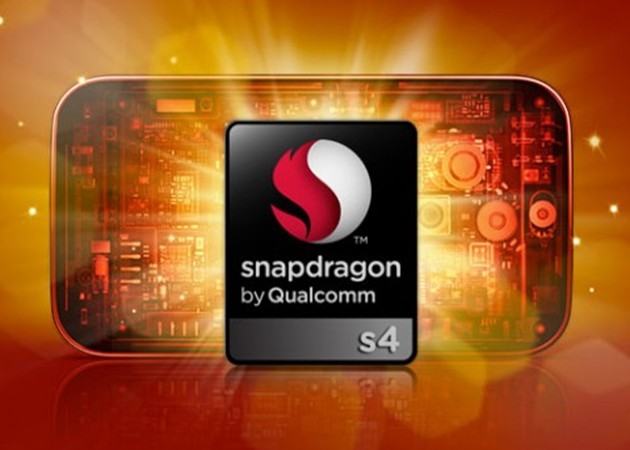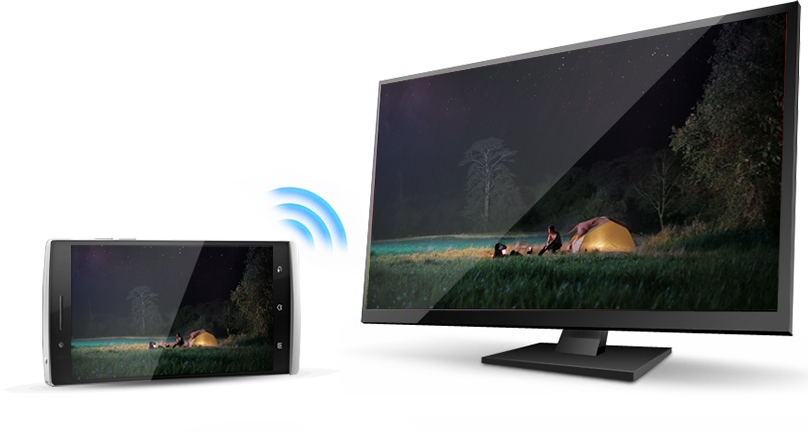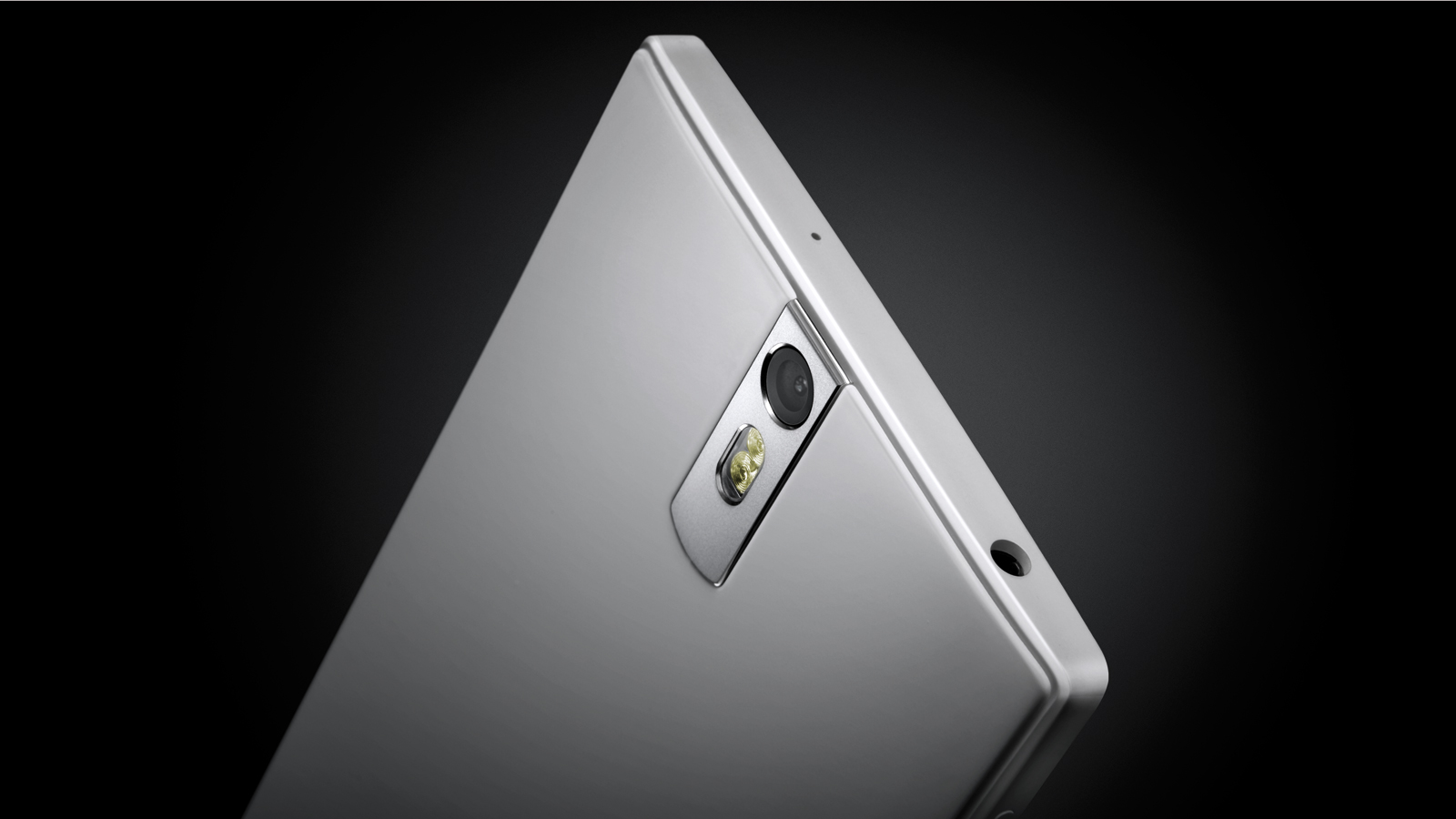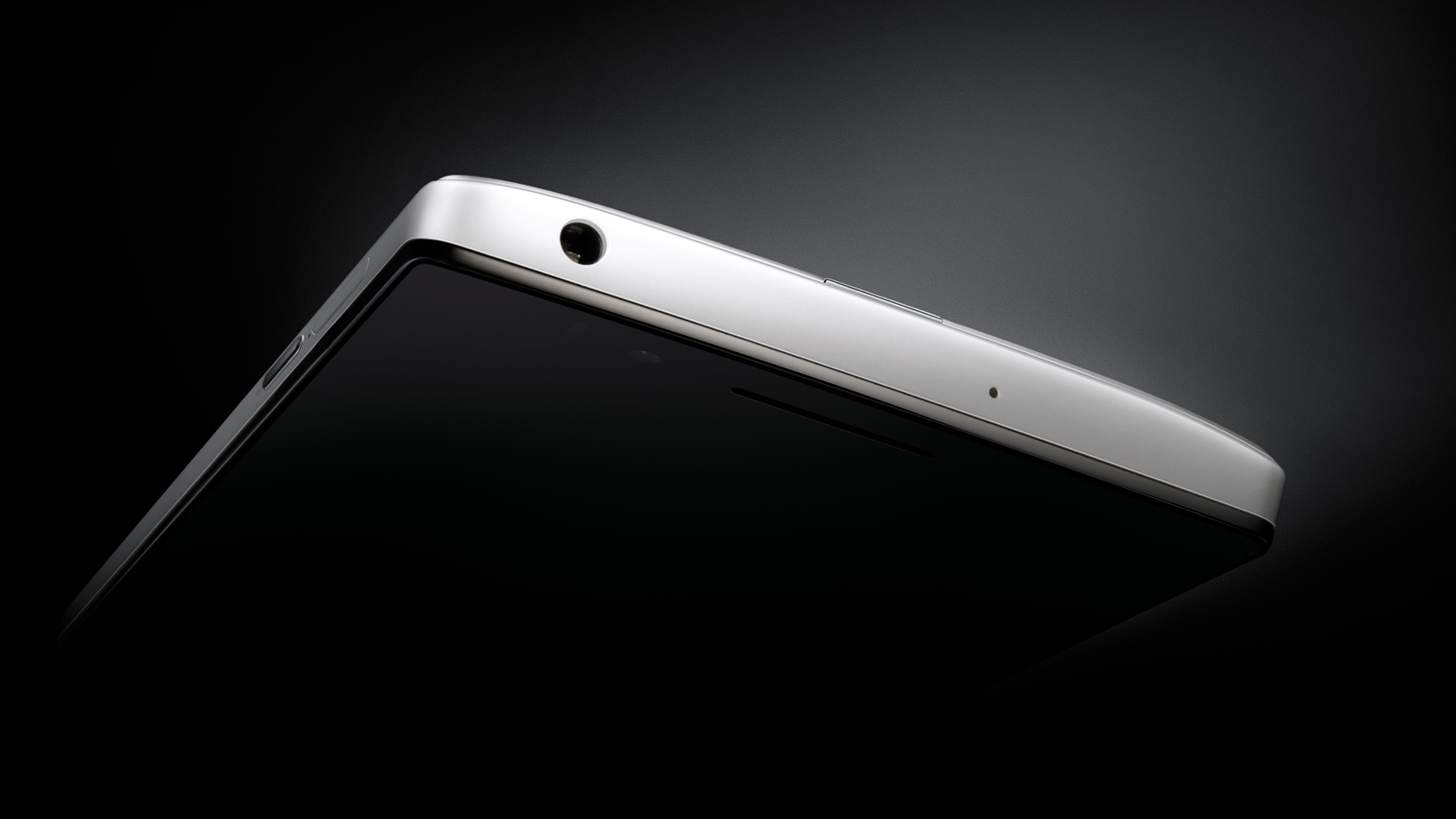Oppo Find 5 Review: A Phone Of Firsts From A Brand To Watch
Has a relatively unknown Chinese manufacturer of high-end home theater equipment actually created a flagship Android smartphone capable of going head to head with the industry's established heavyweights? We take Oppo's S4 Pro-powered Find 5 for a spin.
Internal Hardware, Cameras, And Audio
Internal Hardware
The Find 5 is powered by Qualcomm's Snapdragon S4 Pro (APQ8064) SoC with 2 GB of LPDDR2 memory. This combination seemed to be the norm for the last generation of flagship Android smartphones, enjoying use in a wide range of devices including the HTC One S, Google Nexus 4, and Sony Xperia Z. While it has certainly been surpassed by newer processors, including Qualcomm’s own Snapdragon 800, the S4 Pro is still quite capable in today's mobile workloads.
The phone features dedicated EMF shields, conformal coating on some the larger components, and a design that mostly utilizes pressure fittings that allow the phone to be easily serviced by any technically competent user with a case opener or guitar pick. One potential concern is that the shielding tape is prone to tearing, and thus difficult to reattach. Also, the motherboard doesn't include any crumple zones that might help to absorb impact and prevent components from popping off if the phone is dropped.
It’s probably no longer a surprise to anyone that Oppo chose not to include a microSD expansion slot, seeing as this features has transitioned from a must-have to more of a rarity in recent years. So, the 25 GB of usable space on our 32 GB model has to suffice. Users with a substantial media library or those who simply don’t have access to a reliable network might not see the cloud as a viable alternative to local storage, and should probably hold out for an expandable handset.
With regards to workaround solutions, you have the option of either streaming or transferring content from a Wi-Fi-enabled portable hard drive (we used a Kingston Wi-Drive) or USB On-The-Go (USB-OTG), which is supported by the hardware but requires SuperUser permissions and the requisite root access to enable on the Find 5’s stock ROM.
Unfortunately, the Find 5 doesn't include any form of wired video output such as a MHL, SlimPort USB, or micro-HDMI. Considering that the Finder supported MHL and that Oppo offered an official micro-USB-to-HDMI MHL adapter, its omission on the Find 5 is surprising. The Find 5 does, however, support wireless options like DLNA and Wi-Fi Direct. One potential explanation for this is that the company simply views wired outputs as legacy. Another (more plausible) reason is that Oppo sought to increase sales of its F-Box, a MiraCast “wireless sharing smart box” that allows the phone's display to be mirrored with a HDMI output. At the time of writing, the F-Box still isn't available in North America, though you can buy it through retailers like AliExpress for around $110 plus shipping.
Cameras
Oppo devoted a considerable amount of time touting the Find 5’s photographic prowess, with the bulk of the attention understandably focused on the 13 MP rear camera rather than the 1.9 MP Samsung S5K6A3 front camera.
The rear camera features Sony's Exmor RS IMX135 sensor (also fitted to the Sony Xperia Z), which includes a 1/3.06” stacked CMOS, f/2.2 aperture, and built-in HDR.
Get Tom's Hardware's best news and in-depth reviews, straight to your inbox.
Despite a solid list of technical specifications and the inclusion of a few interesting features, such as five-photo-per-second “Burst Mode” and 120 FPS video recording at 640x480, the camera's performance is simply average for smartphone optics. It's not nearly as impressive as Oppo’s PR material would have you believe.
In essence, this means that the Find 5 is capable of taking good photographs in daylight and well-lit indoor environments, but experiences a significant drop in quality (as seen above) when shooting at night or in low-light environments that rely on the device’s harsh dual-LED flash.
Audio
Moving on, it’s time to consider the device's audio capabilities. Although the Find 5's rear-facing stereo speakers don't lack clarity or overall volume, they suffer from the same tinny sound and lack of range common from most smartphone speakers. It certainly can't hold a candle to the HTC One's BoomSound audio and front-facing stereo speakers. Qualcomm-based devices generally offer a good onboard DAC, and the Find 5 is certainly no exception. These audio concerns simply aren't present when using the 3.5 mm audio connector.
The Find 5 also includes Dirac HD Sound technology and Dolby Mobile 3.0, which functions as an optional DSP/equalizer for the stock music application.
According to Oppo, this feature "optimizes the acoustic properties of the [bundled] earphones" to remove the "sound defects introduced by the earphone itself" in order to provide the "best possible mobile music experience". Since we were not able to quantitatively measure the impact of this technology, I can really only note that the feature was ultimately wasted on me because the bundled earphones didn’t fit comfortably in my ears, leading me to quickly swap them out for a pair of Etymotic ER7-MC5 in-ear headphones.
Current page: Internal Hardware, Cameras, And Audio
Prev Page Exterior: Buttons And Display Next Page Default ROM And Supported AlternativesTarun Iyer was a contributor for Tom's Hardware who wrote news covering a wide range of technology topics, including processors, graphics cards, cooling systems, and computer peripherals. He also covered tech trends such as the development of adaptive all-in-one PCs.
-
Mr Fender Hey guys, you forgot about their ColorOS - now it's basically the official firmware of OPPO Find5.Reply -
marclee37 I live in Hong Kong ssp, I see there are much many other China brand good looking good quality Android phones- 2gb ram is a norm, 3gb ram started to appear. 1080 screen, 5" screen, 13M cam, these are basic general spec, for price no more than US$320.Reply -
house70 Being unlocked, it is a perfect go-to phone for trips abroad. As far as hardware, the only "downside" is the lack of LTE bands in it's radio.Reply
SOftware is where it lacks, though. I got this because Oppo promised frequent updates to the OS, and TBH the Android-based variant it came with was not too bad of an experience. Then it became clear that the development team does not really know what they're doing (same minor but annoying bugs with every release, now barely coming through with 4.2, etc). They could have given CyanogenMod the kernel and drivers and let them pick up the development. CM-based ROMs are functional, but still plagued by bugs that come from lack of access to proprietary code.
Basically, their approach (at one point there were 2 or 3 versions of ROMs in development, none out of a beta state) stretched them way too thin, and it shows.
Last but not least, ignoring many requests of just embracing AOSP and let the plethora of apps do the rest was not a smart move on Oppo's part. -
danlw As an Audioholic, I have heard of the Oppo name. Their Blu-Ray players are considered by many in the high-end community to be top quality. In fact, Lexicon, a maker of ultra-elite electronics, actually stuck a $500 Oppo BDP-83 inside a new case and sold it for $3,500! (Audioholics: Lexicon BD-30 Blu-Ray Player (Oppo BDP-83 Clone) Review)Reply
With this phone, however, I doubt Apple will stick it inside their own chassis and call it ther own. It is mildly interesting, but as is often the case, forays into new market segments by otherwise high quality manufacturers are often precarious.
By all means, get an Oppo Blu-Ray player. As far as the phone, they need to get through their growing pains. -
programit Why isn't the phone compared to current versions of others. I see you put it against the latest iphone and a 16 month old dates Samsung S3. Why not the S4 or Note3 which are current models and hence what it is up against.Reply
It seemed a bit biased and not truly giving a comparison with current market phones. -
nebun got to love the iPhone 5s....like it or not....it's the best all around...the benches speak for themselves...did it mention "NO CRAPWARE and FAST OS UPDATES"Reply





